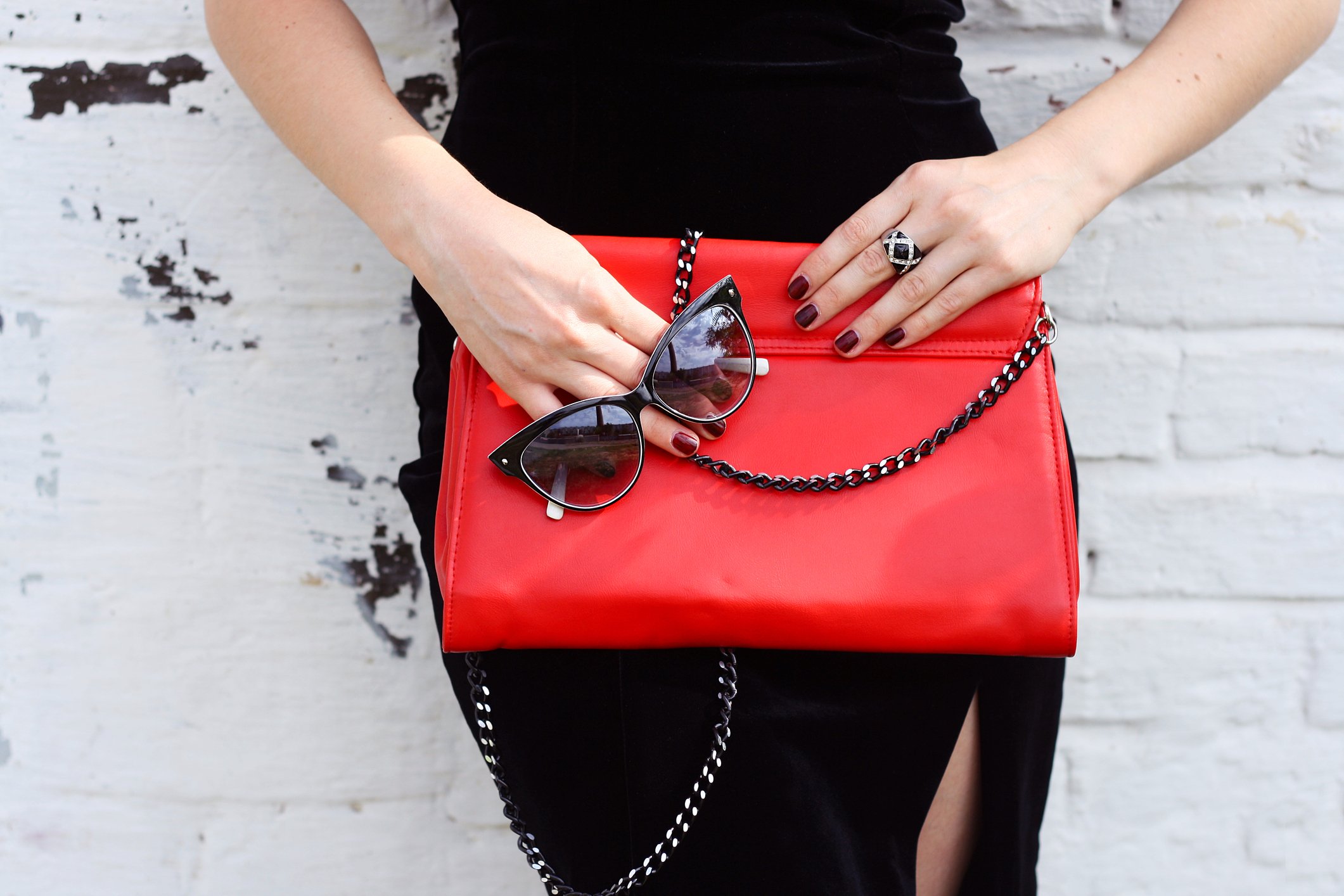
Lots of people opened a Kate Spade box last quarter, but many paid less than Wall Street wanted them to. Source: Kate Spade
Shares of previously high-flying clothing company Kate Spade (KATE +0.00%) fell over 25% on August 8, 2014 after the company reported its fiscal-second-quarter earnings. It appears investors are putting the company back on the shelf as concerns about profit margins persist.
On the surface, there are many positive takeaways from the quarter. The company reported revenue growth of 48.7% on a year-over-year basis, going from nearly $179 million in last year's corresponding quarter to $266 million in the recently reported quarter. But investors were looking for continued margin expansion for a break-even on earnings. Kate Spade disappointed there by reporting a loss of $0.03 per share.
Revenue actually looks good
As previously mentioned, the company reported an amazing revenue increase of nearly 50%. Even better, analysts polled by Thomson Reuters only expected revenue to hit $238 million for the quarter, versus the $266 million reported. So overall not a bad quarter from a top-line standpoint.
The issue as far as Wall Street is concerned is margins. Kate Spade did nothing to quell those fears by missing the break-even on net income that analysts predicted to report a net loss of $4.4 million. Even worse, the company is backing off of its stated profit margin goals for the next few years. According to Bloomberg, "the company also reported it may put off its profit-margin goals for 2016 to 2017 in part because its Saturday brand has taken longer than expected to ramp up."
The "Purse Wars" are taking a toll on margins
It's not just Kate Spade. Margins are hitting many of the upscale purse makers and lifestyle brands. Last week Michael Kors (KORS +0.04%) reported a narrowed gross margin on the back of discounting. In addition, Coach (COH +2.83%) has had a rough go as of late thanks to narrowing margins and competition from both Kate Spade and Michael Kors as it continues to grow into more of a lifestyle brand.
Even including today's miserable performance, Kate Spade's shares have been the standout performer of these companies in 2014 by rising nearly 20% year to date. Both Michael Kors and Coach's share-prices are down: Kors bynearly 3% in 2014 and Coach by nearly 35%.
Did Kate Spade have to report a loss?
Investors have to wonder if Kate Spade had to report a loss this fiscal quarter. As clearly indicated from the operation performances of its peers, this is a tough environment with a sluggish economy plagued by extremely price-sensitive customers. Despite this, it is rare for a retailer to report such a large beat on top-line estimates but miss expectations entirely on the bottom.
For perspective, Kate Spade exceeded analyst expectations for revenue by 11.7%. One has to wonder if the company over-discounted and traded earnings for top-line growth. To be fair, it is extremely difficult to find the right product and cost mix to make both customers and investors happy. In addition, these retailers have to keep an eye on product trends to avoid keeping stale and out-of-style products.
Final thoughts
Kate Spade is having a rough day, but if one takes a step back and looks at the company as a whole it appears to still be growing. This particular space seems to be more interesting by the day with Michael Kors' recent fall. Coach at this point has the hallmarks of a classic value play by trading under 11 times earnings and yielding nearly 4%. Investors would be wise to continue to watch this space going forward. Out-of-favor companies with strong brands can often be wise investments.








